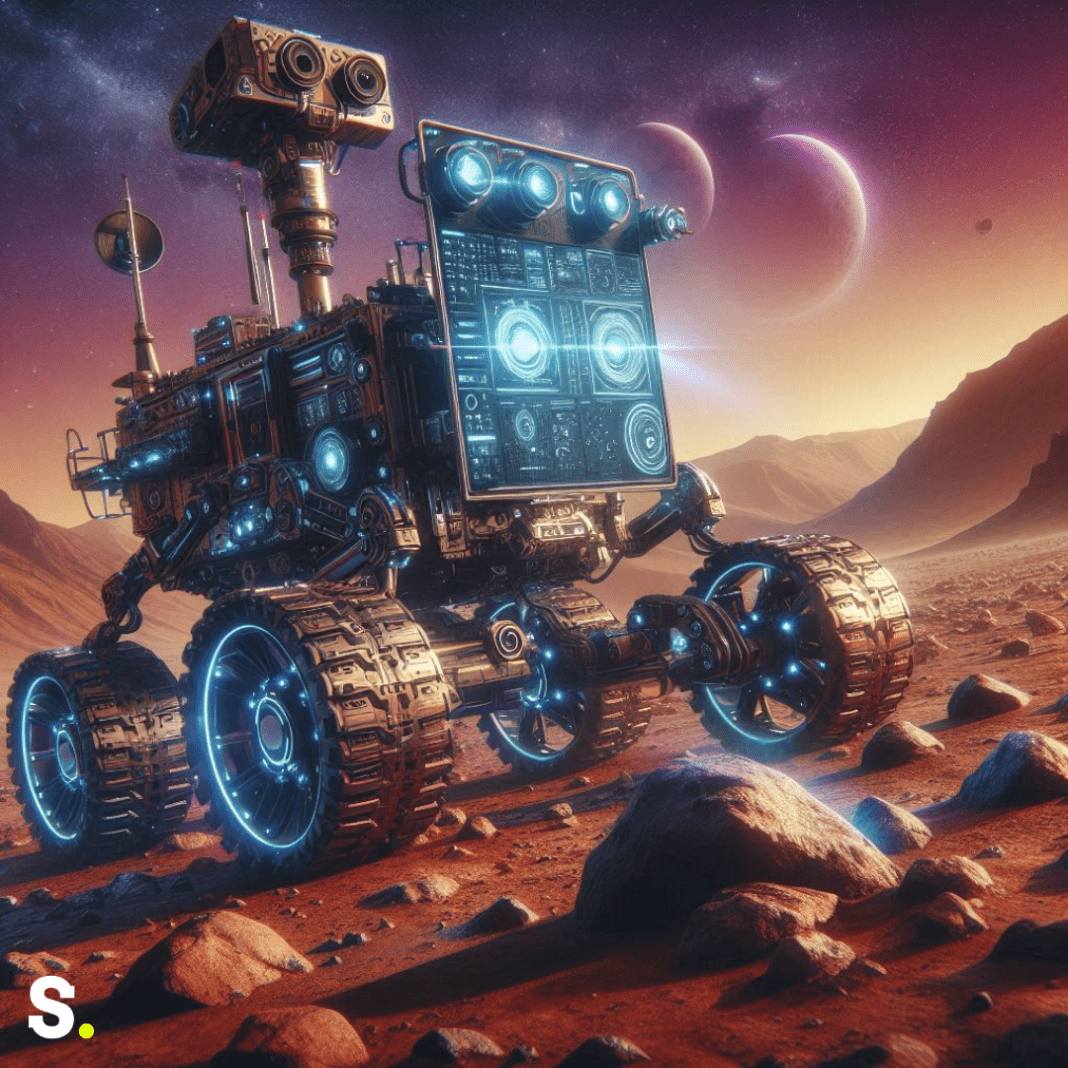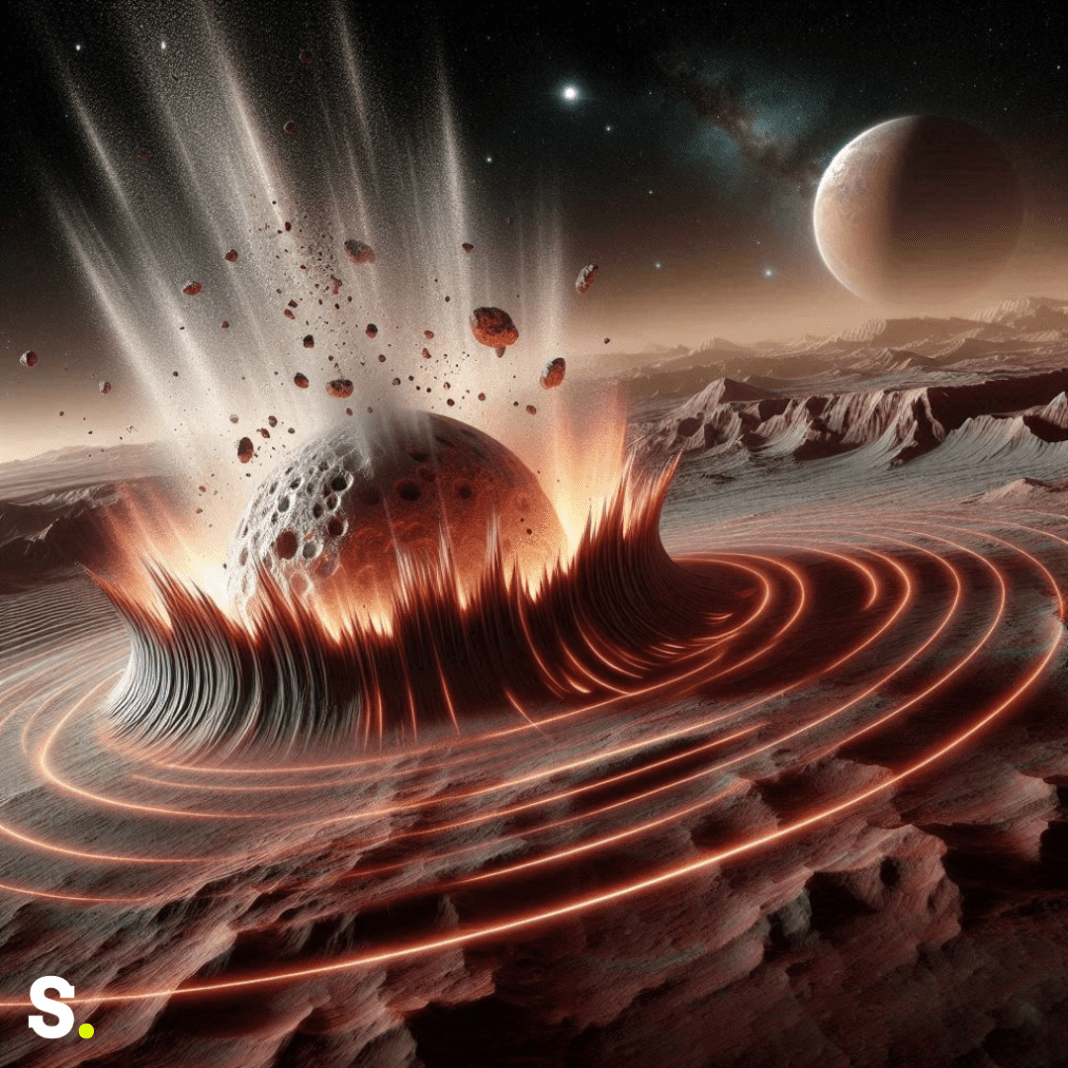Exploring Mars with Smart AI
Artificial intelligence (AI) is revolutionizing how scientists explore Mars. NASA’s Perseverance rover, which has been on Mars for almost three years, is using AI to identify minerals in rocks. This is the first time AI has been used on Mars to make decisions based on real-time analysis of rock composition. Scientists dream of spacecraft that can find, analyze, and understand data on their own. While this dream is still in progress, the steps taken with Perseverance are promising.
The artificial intelligence of Perseverance supports a unique device known as PIXL, or Planetary Instrument for X-ray Lithochemistry. PIXL is a spectrometer that maps the chemical composition of minerals on a rock’s surface. This helps scientists figure out if the rock formed in conditions that could have supported microbial life in Mars’ ancient past. By examining these rocks, scientists hope to uncover clues about the history of water on Mars and the planet’s potential to have harbored life.
AI in Action: Adaptive Sampling
The AI software used by Perseverance is called adaptive sampling. It helps PIXL autonomously position itself close to a rock target and then scans the rock to find minerals worth examining more deeply. This is done in real time, without the rover needing to talk to mission controllers back on Earth. Time is saved, and the procedure is streamlined as a result. The ability to make autonomous decisions is crucial for maximizing the scientific output of the rover during its mission.
Once PIXL is in the vicinity of a rock, it uses its camera to check the distance and position itself correctly. The spectrometer sits on six tiny robotic legs, called a hexapod, which adjust the instrument to get it exceptionally close to the rock. This precise positioning is crucial because temperature swings on Mars can cause the rover’s arm to expand or contract slightly, throwing off PIXL’s aim. These micrometer-scale adjustments make sure the device is near enough to the rock to enable precise analysis.
After positioning, PIXL scans a small area of the rock, firing an X-ray beam thousands of times to create a grid of tiny dots. Each dot reveals information about the minerals present in the rock. PIXL is able to concentrate on particular minerals and collect more information based on the specific needs of scientists. This process, called a “long dwell,” helps scientists find important clues about Mars’ history. Minerals like carbonates and phosphates are of particular interest because they can provide insights into the planet’s past environment and potential habitability.
AI Beyond Perseverance
Adaptive sampling is not the only way AI is used on Mars. Another NASA rover, Curiosity, is also using AI to explore the Red Planet. Curiosity can autonomously zap rocks with a laser to study their chemical composition. This technique, combined with Perseverance’s advanced AI navigation, helps both rovers get more done in less time. The use of AI allows these rovers to operate more independently, reducing the need for constant input from scientists on Earth.
The goal of using AI is to make exploring Mars more efficient. AI helps scientists find the most important data quickly, freeing up time for other tasks. This is especially important for future missions that will travel deeper into the solar system and be out of contact with Earth for longer periods. As missions venture farther away, the communication delays become more significant, making autonomous decision-making capabilities essential.
Perseverance is also using AI to assist in gathering soil and rock samples from Mars. Samples are sealed in titanium tubes by the rover after it drills into rocks. In the future, these samples might be returned to Earth for in-depth examination. In order to return Martian samples to Earth for the first time, NASA’s Mars Sample Return program includes this as a crucial component.
The Bigger Picture
A major objective of Perseverance’s mission is to search for signs of ancient microbial life on Mars. In order to better understand how Mars has changed over time, scientists are also using the rover to investigate the planet’s geology and historical climate. This information is crucial for planning future human exploration of the Red Planet. By learning more about the planet’s environment and history, scientists can better prepare for the challenges of sending humans to Mars.
Perseverance’s mission is part of NASA’s broader Moon to Mars exploration approach. This includes the Artemis missions to the Moon, which will help prepare for human exploration of Mars. By using AI to enhance the capabilities of rovers like Perseverance, NASA is taking important steps toward making these ambitious goals a reality. The knowledge gained from these missions will pave the way for future explorers and expand our understanding of the solar system.
AI is changing the way scientists explore Mars, making it possible to gather more data and make more discoveries than ever before. There are countless opportunities to explore the Red Planet and beyond as long as technology keeps developing. We are discovering the mysteries of Mars and laying the groundwork for a time when humankind will be able to travel to other planets thanks to the combined power of artificial intelligence and human creativity.




